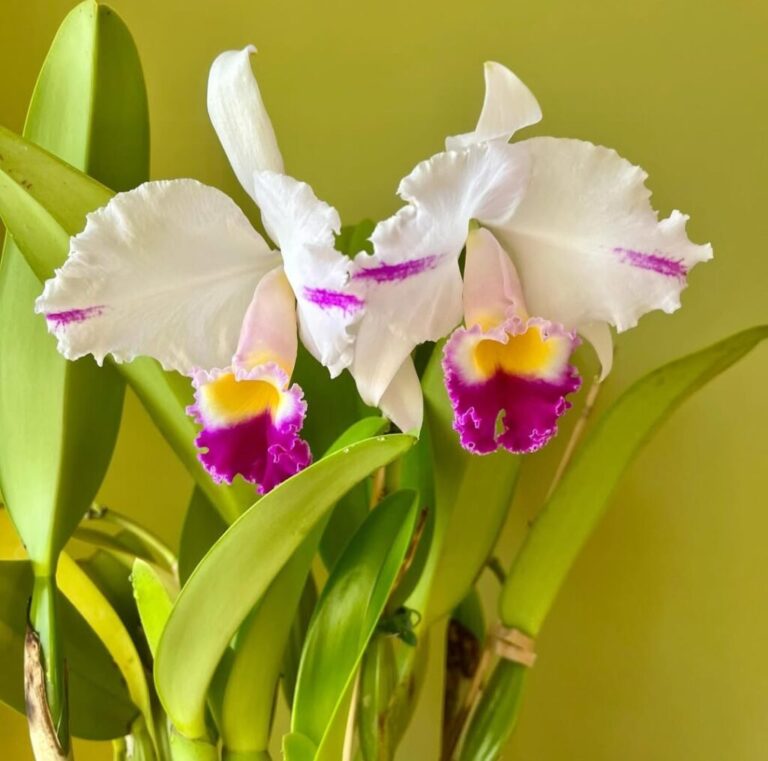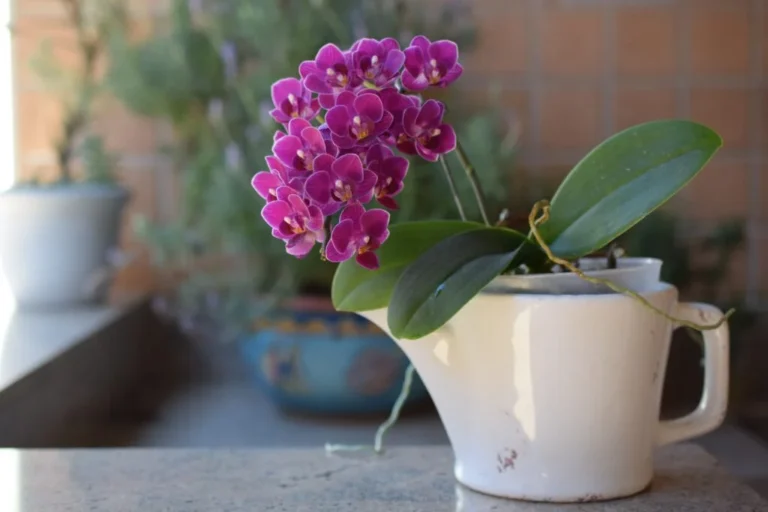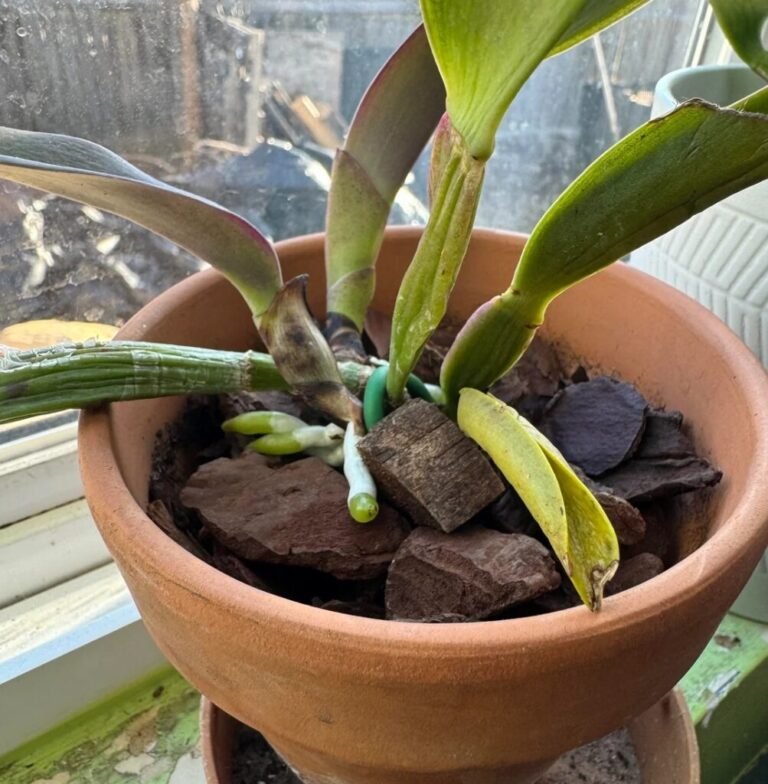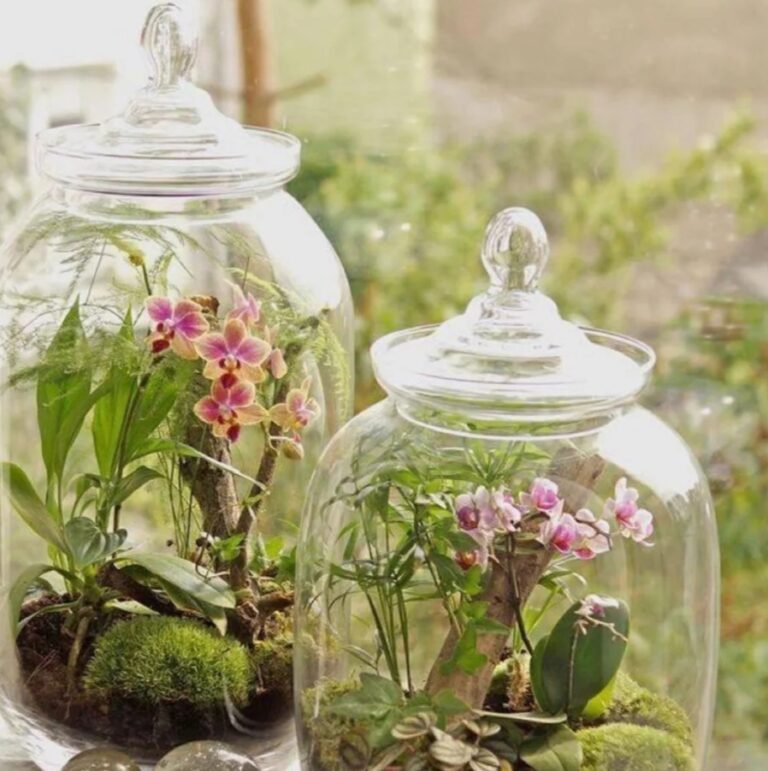Dendrobium Rainbow Pink is a breathtaking orchid variety known for its striking pink blooms and elegant appearance. Orchids have a reputation for being difficult to grow, but with the right care, even beginners can cultivate a thriving plant. This stunning orchid can become the centerpiece of any indoor garden, adding a touch of exotic beauty to your home.
Growing orchids may seem overwhelming at first, but the key is understanding their specific needs. From choosing the right potting medium to ensuring proper light and humidity, every detail plays a crucial role in their success. With patience and consistency, you can enjoy the vibrant blooms of Dendrobium Ecuagenera Rainbow f. Pink year after year.
To help you get started, we’ve compiled 10 expert tips that will guide you through the essentials of orchid care. Follow these steps to create the perfect environment for your orchid, ensuring healthy growth and beautiful flowers. Whether you’re new to orchids or looking to improve your care routine, these tips will set you on the path to success.
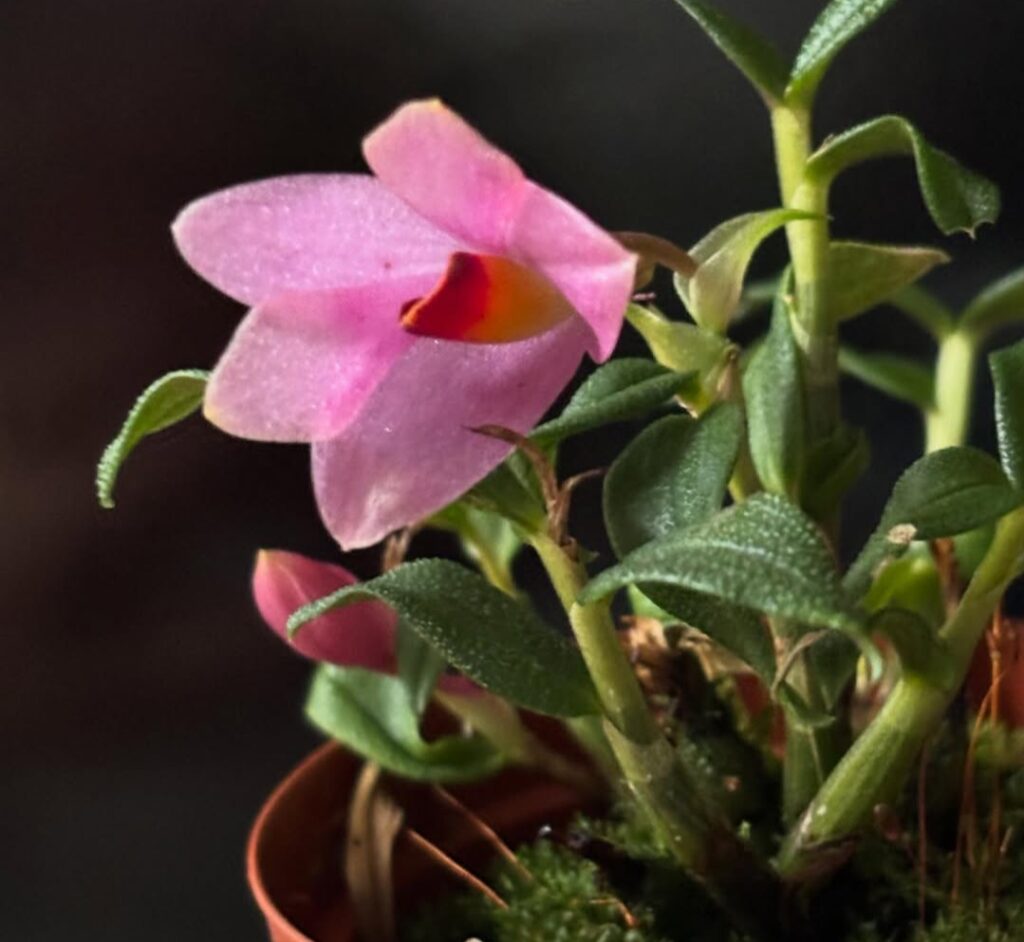
- 1 Choose the Right Pot and Medium
- 2 Provide Bright, Indirect Light
- 3 Maintain Optimal Temperature
- 4 Water Wisely to Prevent Root Rot
- 5 Feed Your Orchid Regularly
- 6 Prune for Healthy Growth
- 7 Ensure Good Humidity Levels
- 8 Repot Every Two Years
- 9 Watch for Pests and Diseases
- 10 Be Patient and Enjoy the Process
- 11 FAQs on Dendrobium Rainbow Pink
Dendrobium Ecuagenera Rainbow f. Pink Care
| Aspect | Details |
|---|---|
| Scientific Name | Dendrobium Ecuagenera Rainbow f. Pink |
| Common Name | Ecuagenera Rainbow Pink Dendrobium |
| Plant Type | Epiphytic Orchid |
| Mature Size | Medium-sized, up to 12-18 inches tall |
| Light Requirements | Bright, indirect light (3,000–4,000 foot-candles) |
| Temperature | Intermediate to warm (18-30°C or 65-86°F) |
| Humidity | 50-70% humidity |
| Watering | Water when the medium is nearly dry; more frequent in active growth |
| Fertilizer | Weakly weekly; balanced fertilizer (20-20-20) during active growth |
| Potting Medium | Bark-based mix with sphagnum moss for moisture retention |
| Repotting | Every 1-2 years or when medium breaks down |
| Bloom Season | Varies, typically once a year with proper care |
| Rest Period | May require a slight dry rest period after blooming |
| Propagation | Division or keiki growth |
| Pests & Diseases | Watch for spider mites, scale, and fungal infections |
| Special Notes | Prefers good airflow; avoid overwatering to prevent root rot |
Choose the Right Pot and Medium
Dendrobium orchids need a well-draining medium like bark or sphagnum moss. Regular soil retains too much moisture, which can cause root rot. A pot with multiple drainage holes is essential to keep roots healthy and prevent waterlogging. Proper airflow around the roots helps the plant absorb nutrients more effectively.
✅ Tip: Use a clear plastic pot to easily monitor root health and moisture levels.
Provide Bright, Indirect Light
This orchid variety thrives in bright, indirect sunlight. It’s best to have a window that faces east or south and has sheer curtains. Direct sunlight can scorch the leaves, while insufficient light prevents blooming. Adjusting the plant’s location based on seasonal light changes ensures steady growth and encourages flowering at the right time.
✅ Tip: If natural light is limited, use a grow light for 12–14 hours daily.
Maintain Optimal Temperature
Dendrobium Ecuagenera Rainbow f. Pink prefers warm daytime temperatures of 75–85°F and cooler nights around 55–65°F. This temperature difference is crucial for stimulating flowering. Avoid placing your orchid near heating vents or drafty windows, as sudden temperature fluctuations can stress the plant and hinder its growth.
✅ Tip: Consistently maintaining the right temperature encourages healthy blooming cycles.
Water Wisely to Prevent Root Rot
Overwatering is a common mistake that leads to root rot and fungal infections. Water your orchid only when the potting medium is nearly dry. Always use lukewarm water and ensure that excess moisture drains completely. Proper watering habits keep the roots healthy and allow the plant to absorb nutrients efficiently.
✅ Tip: Water early in the morning to give the plant time to dry before nighttime.
Feed Your Orchid Regularly
Regular feeding promotes strong growth and vibrant blooms. The growing season is when you should apply a balanced orchid fertiliser (20-20-20) every two weeks.Reduce feeding during winter when the plant enters a dormant phase. Over-fertilizing can harm the roots, so always follow recommended dilution rates for best results.
✅ Tip: Dilute fertilizer to half strength to avoid nutrient buildup that can damage roots.
Prune for Healthy Growth
Pruning removes dead or yellowing leaves and spent flower spikes, encouraging new growth. Always use sterilized scissors to prevent infections. Trimming old flower stems above a node can sometimes lead to reblooming. Proper pruning not only keeps the plant looking neat but also improves airflow, reducing the risk of fungal issues.
✅ Tip: Regularly inspect your orchid for dead or damaged parts and prune as needed.
Ensure Good Humidity Levels
Orchids thrive in humid environments, ideally between 50–70%. If indoor air is too dry, especially in winter, the plant may struggle to retain moisture. A humidity tray or occasional misting helps maintain proper moisture levels. However, excessive humidity without airflow can cause fungal issues, so balance is key.
✅ Tip: Use a small fan near your orchid to improve air circulation and prevent mold.
Repot Every Two Years
Repotting keeps your orchid healthy by refreshing its growing medium and providing more space for roots. Over time, potting material breaks down, reducing airflow and nutrient absorption. Spring is the best time to repot, just before the active growth phase begins, ensuring the plant adjusts easily to its new environment.
✅ Tip: Always use fresh orchid bark mix when repotting to avoid disease buildup.
Watch for Pests and Diseases
Aphids, scale insects, and spider mites are common pests of orchids. Regularly inspect leaves and roots for signs of infestations. Neem oil or insecticidal soap can help control pests naturally. Fungal diseases like root rot often result from overwatering, so maintaining proper care routines minimizes these risks.
✅ Tip: Isolate new plants for at least two weeks before placing them with other orchids.
Be Patient and Enjoy the Process
Orchids take time to bloom, and patience is key. Even if your Dendrobium Ecuagenera Rainbow f. Pink doesn’t flower immediately, consistent care will yield beautiful results. Keep track of watering, feeding, and temperature changes in a journal to understand what works best for your plant’s growth cycle.
✅ Tip: Celebrate small progress, like new root or leaf growth, as signs of success.
By following these 10 expert tips, beginners can successfully grow and enjoy the striking beauty of Dendrobium Ecuagenera Rainbow f. Pink. With the right care and patience, your orchid will flourish and reward you with stunning blooms, making it a cherished addition to your indoor garden!
FAQs on Dendrobium Rainbow Pink
How much sunlight does Dendrobium Rainbow Pink require?
Dendrobium Rainbow Pink needs bright, indirect light for optimal growth. Too much direct sun can scorch the leaves of Dendrobium Rainbow Pink, while too little light can prevent Dendrobium Rainbow Pink from blooming.
When does Dendrobium Rainbow Pink bloom?
Dendrobium Rainbow Pink typically blooms in late winter or early spring. With proper care, Dendrobium Rainbow Pink can produce stunning pink flowers that last for several weeks.
Can Dendrobium Rainbow Pink tolerate cold temperatures?
Dendrobium Rainbow Pink prefers warm conditions and does not tolerate frost. If temperatures drop below 50°F (10°C), move Dendrobium Rainbow Pink indoors to prevent damage.
How do I propagate Dendrobium Rainbow Pink?
Dendrobium Rainbow Pink can be propagated through keikis (baby plants) that develop on the canes. Once a keiki has roots, it can be separated and potted to grow a new Dendrobium Rainbow Pink.
Why are the leaves of my Dendrobium Rainbow Pink turning yellow?
Yellow leaves on Dendrobium Rainbow Pink can result from overwatering, poor drainage, or insufficient light. Ensure Dendrobium Rainbow Pink receives proper care to prevent leaf yellowing.
How do I encourage my Dendrobium Rainbow Pink to rebloom?
To encourage reblooming, provide Dendrobium Rainbow Pink with a slight temperature drop at night, bright indirect light, and regular fertilization. These conditions help trigger flower spikes on Dendrobium Rainbow Pink
What pests affect Dendrobium Rainbow Pink?
Dendrobium Rainbow Pink can be affected by pests like spider mites, aphids, and mealybugs. Inspect Dendrobium Rainbow Pink regularly and treat infestations with insecticidal soap or neem oil.
Should I repot Dendrobium Rainbow Pink?
Repot Dendrobium Rainbow Pink every two to three years or when the potting mix breaks down. Use fresh orchid bark to keep Dendrobium Rainbow Pink’s roots healthy.
Can I grow Dendrobium Rainbow Pink in a hanging basket?
Yes, Dendrobium Rainbow Pink grows well in hanging baskets, allowing good air circulation around the roots. Hanging Dendrobium Rainbow Pink can also enhance its natural beauty when in bloom.

